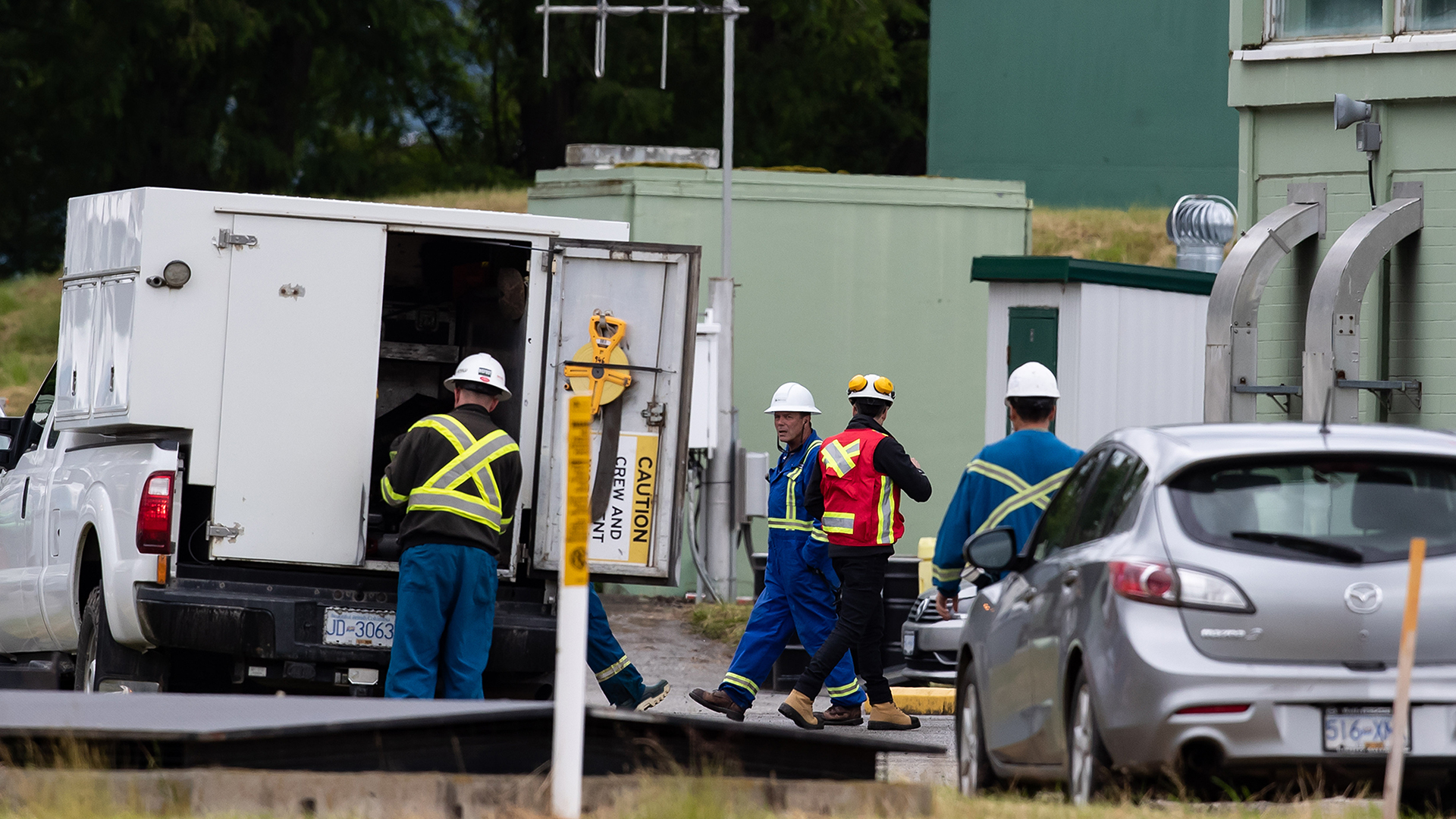
In 2020, Canada’s oil and gas sector contributed more than one-quarter of all greenhouse gas emissions produced by the country. The sector, however, is critical to Canada’s economy, employing about 170,000 oil and gas workers. As we seek to reduce our emissions, policies must be enacted to support these workers through the transition.
It is helpful to look at other OECD countries’ responses to their domestic energy transitions for policies that could work in Canada. Germany, the Netherlands and Poland have each taken unique approaches. From these examples, existing research, and considering potential costs and economic impacts, the federal government should focus on two key training policies within its Just Transition policy for this sector.
Looking to other countries, Poland offered coal workers early retirement payments, wage subsidies, retraining courses and redundancy payments to those exiting the industry. Germany implemented early retirement pensions and wage subsidies. The Netherlands introduced pension payments, employment services and job training.
Workforce development is the missing piece in the transition to net-zero
From these countries’ responses, we can further consider four main policy options in the Canadian context: 1) status quo with no substantial action taken, 2) retraining measures, 3) income supports and 4) pension payments. Let’s examine these options.
The status quo merits brief consideration though it is hardly a politically viable option for the federal government or the provinces. The status quo would likely see oil and gas workers remain in the sector for as long as possible but that would lead later to high unemployment rates when workers are forced to exit their field without new government support. A German report found that when comparing two regions – where one saw workers eligible for support and another where workers were ineligible – the latter group suffered worse social and economic outcomes. As well, the region without supports experienced temporary extended employment in the coal industry, but then higher unemployment.
Retraining programs vary in how they are constructed, such as duration. For example, the Canadian organization Iron & Earth operates a program that is only 10 days long but claims to effectively retrain oil and gas workers for other industries, including clean energy. In the case of the Netherlands, which implemented retraining programs, there was low uptake among workers.
However, in the Canadian context, oil and gas workers appear eager to retrain to transition their careers. Abacus Data found 69 per cent of oil and gas workers are interested in switching to a career in the net-zero economy, with a majority of oil and gas workers believing that some level of training will be required for their transition.
Income supports in the form of unemployment benefits can help workers find better employment via higher wages than when unemployment benefits are not provided. This is largely due to the “cushion” of time that the benefits offer a worker. Instead of a worker being forced quickly into a potentially lower-wage position in the rush to secure a new income source, a worker taking advantage of unemployment benefits can instead find work that aligns with their skillset and that often provides a higher wage.
In Germany, researchers found that the region where workers received income supports experienced a higher employment rate than the region without income supports provided. It should be noted that one form of income support for workers through lump-sum payments is ill-advised: in Poland, workers who received large one-time payments for exiting the coal industry experienced high unemployment rates and poor economic conditions compared with those who received other extended types of exit support.
Pension payments to retired workers are generally regarded as positive. In Canada retired workers enjoy several forms of these payments, including the Canada Pension Plan. However, using similar payments for the early retirement of skilled workers is a different story.
Previous programs that provided early retirement payments to workers in the case of job losses were overall less beneficial socially and economically than if the workers did not receive payments. This is due to the skilled (often high-wage) workers moving from well-paying positions into retirement with lower wages and far fewer economic benefits. Additional literature contends that these past programs that offered early retirement led to low employment in the impacted region’s population.
Other social assistance payments, such as employment insurance payments and employment services, are preferable – something that Canadians can already access to a degree. Poland, Germany and the Netherlands provided early pension scheme payments to miners, but the outcomes for workers were mixed while the programs were incredibly expensive to implement and maintain. These cases, when coupled with the existing research, show that early pension schemes are costly and can lead to worse social and economic conditions for participants.
When we discuss massive policies such as new training programs, pension payments and expanded unemployment benefits, the typically fiscally prudent Canadian is often interested in the costs. To better understand this critical component, I produced cost estimates for an unemployment benefits policy, a pension payment policy and a rapid retraining policy. In addition to this, I estimated economic impacts on productivity.
The first option was for the federal government to introduce a policy that would see eligible workers enter unemployment but be retrained through a standard college-length diploma program while receiving income support at current EI rates. This would cost the federal government roughly $1.71 billion over the first five years. This policy would have an estimated positive impact on productivity of $2.02 billion over the first five years, stemming from workers shifting to a clean energy sector with a higher nominal value created per worker in areas such as electric power generation, transmission and generation.
The second option was for the federal government to introduce a retraining policy that would support eligible workers for rapid retraining like Iron & Earth’s 10-day program. This program would cost the federal government approximately $1.07 billion over the first five years. However, this policy would be very beneficial in terms of productivity, with a $21.72 billion benefit for the economy over five years. As in the first estimate, this positive economic benefit is due to workers transitioning into a higher value-add-per-worker sector.
Microcredentials are surging in popularity, but how should they be shaped?
The third option was for the federal government to introduce a pension program for oil and gas workers. This was estimated to be a costly $4.26 billion over the first five years. As well, this policy is estimated to produce a very negative economic impact on productivity of -$16.23 billion over five years. This is due to effect mentioned above with pension payments. When a high-skilled, high-wage, high-economic output worker is removed from the market and moves to unemployment, which provides a far lower economic output, there is a significant negative economic impact.
Based on all considerations, two policies stand out as the best to be included in the Just Transition legislation.
First, the federal government should introduce a new rapid retraining program while partnering with existing organizations such as Iron & Earth that offer reimbursements for retraining costs for exiting oil and gas workers. This piece would benefit from provincial collaboration, for example, to administer funds to training programs but it should be a new federal program.
Second, the federal government should introduce a new college-length retraining program with reimbursement for college fees and a maximum 32-week employment insurance benefit for participants who exit the oil and gas sector. Again, provincial collaboration for the retraining aspect would be a wise move because of the provinces’ roles in education and training.
As evidenced in polling, Canadians widely support the Just Transition. It helps that the NDP supports the legislation and with the existing confidence-and-supply agreement in place, introducing these policies could be a win for the Liberal government at a point when getting wins is becoming more and more difficult.
Now, it’s up to the responsible federal ministers – Jonathan Wilkinson and Seamus O’Regan – to deliver on their mandate letters with evidence-based policies that leave our economy, environment and Canadians better off.










